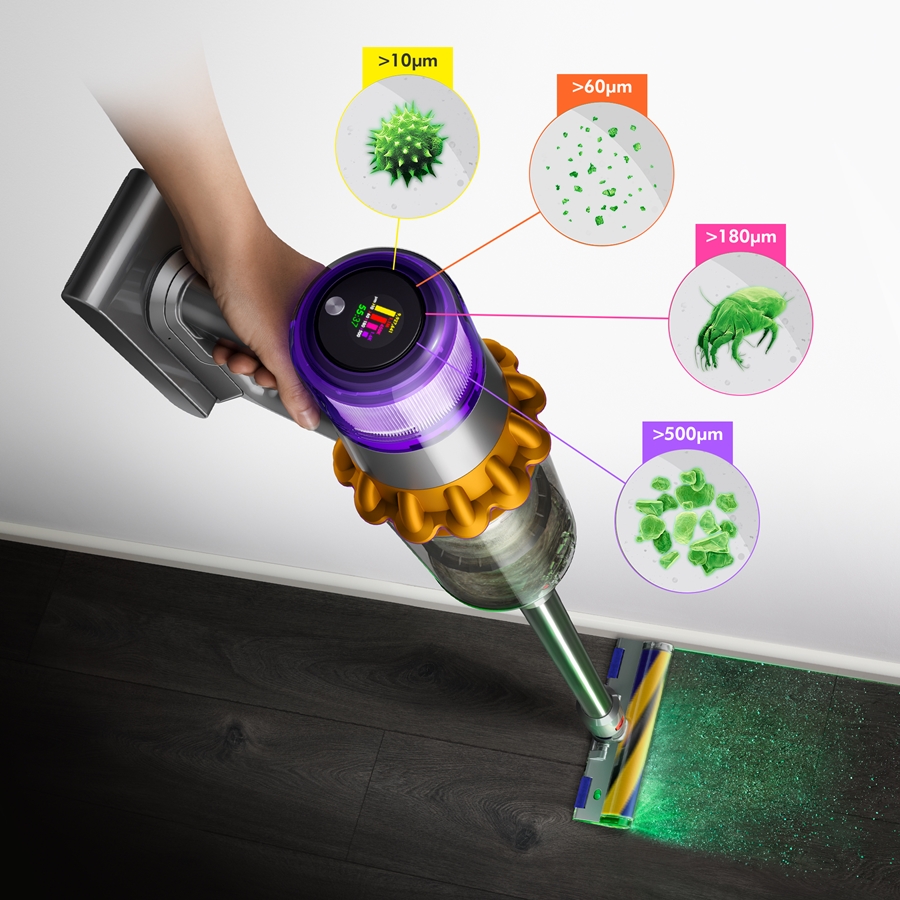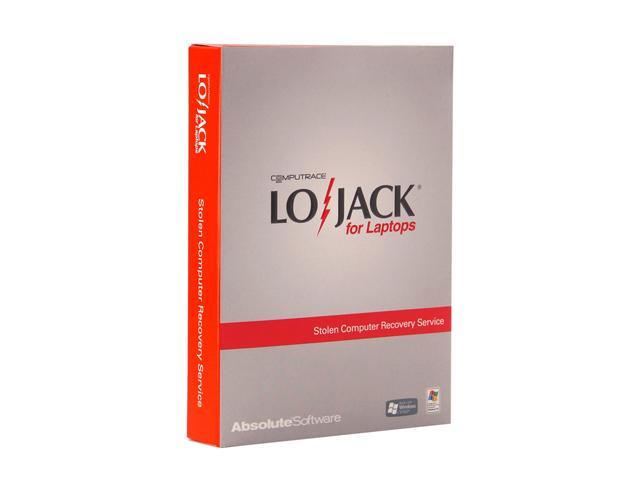
- Absolute lojack for laptops install#
- Absolute lojack for laptops software#
- Absolute lojack for laptops Pc#
Reg.exe add "HKLM\SYSTEM\CurrentControlSet\services\rpchdp" /v "Start" /t REG_DWORD /d "4" /f Reg.exe add "HKLM\SYSTEM\CurrentControlSet\services\CtesHostSvc" /v "Start" /t REG_DWORD /d "4" /f Reg.exe add "HKLM\SYSTEM\CurrentControlSet\services\Ctes Manager" /v "Start" /t REG_DWORD /d "4" /f Reg.exe add "HKLM\SYSTEM\CurrentControlSet\services\CscService" /v "Start" /t REG_DWORD /d "4" /f cmd file, before I deleted everything like this: Off There is 5 services to stop, CscService, Ctes Manager, CtesHostSvc, rpchdp and rpcnet.

cmd file to delete it all, hey It's gonna come back right? Did the same in SysWOW64. I went to C:\Windows\system32\ and grouped everything by manufacturer, made a list of everything from Absolute so I could create a. I have CTES From Absolute on my Dell laptop board and consider it Corporate spyware. Then try to follow every communication, during boot time. Watch for signal, using old oscilloscope, see Cyber-attack concerns raised over Boeing 787 chip's 'back door'įor this, I think the better way should be something like: by vendor OR by real hardware constructor, for sample.Īnd they could even by located in any chipset, network interface rom, or even elsewhere.
Absolute lojack for laptops install#
From there, if you install new system from scratch, I think you can consider that this computer is your computer.**Īs coreboot is open source, you could inspect code before compiling it, but coreboot is not the only solution! There a lot of opensource BIOS replacement projects.Īs absolute is a kind of backdoor installed from design by hardware constructor, but keeping in mind that constructor is mostly delegated in other contries ( regarding human work cost ), I'm not able to certify that no other backdoor was ever built.

Once firmware is flashed while computer is off, Absolute don't have chance to boot. If a user legally purchases, secondhand or new, a device that originally. Have a look at Coreboot's board status page, for information about your device.Ĭonsidering this sample: Board:lenovo/t420. WHO's NoToOldRx4CovidIsMurder, I would add: I'm guessing that Coreboot is part of the answer.

If a user legally purchases, secondhand or new, a device that originally had Absolute persistence technology built-in and may even have had it activated, and wishes: We believe there are more ways toĪccomplish such attacks, though this is beyond the scope of the Possibility is to use a DNS service attack to trick the agent intoĬonnecting to a fake C&C server. Running Small Agent to the attacker’s host via ARP-poisoning. Local area network would be to redirect all traffic from a computer Remote code execution creates numerous opportunities for remoteĪttacks in a hostile network environment. The protocol used by the Small Agent provides the basic feature of
Absolute lojack for laptops Pc#
This has echoes of both Rakshasa and vPro.Īlso, like other corporate rootkits, it increases the attack surface available on the host PC and thereby opens the door to additional malware: Technology is built into the BIOS or firmware of a device during the Smartphone is wiped clean to factory settings. The device is re-imaged, the hard drive is replaced, or if a tablet or They are automatically reinstalled, even if the firmware is flashed,
Absolute lojack for laptops software#
The Absolute persistence module is built to detect when the ComputraceĪnd/or Absolute Manage software agents have been removed, ensuring Absolute persistence technology amounts to a persistent rootkit pre-installed by many device manufacturers (Acer, Asus, Dell, HP, Lenovo, Samsung, Toshiba, etc) to facilitate LoJack for laptops, and other backdoor services:


 0 kommentar(er)
0 kommentar(er)
